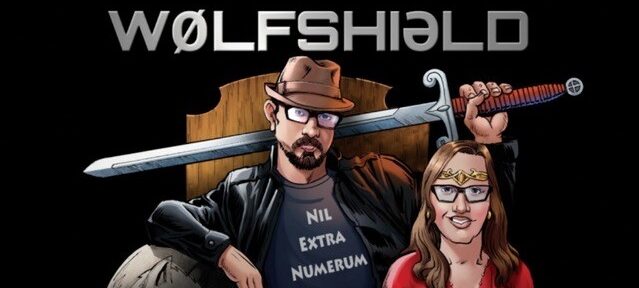Meet the Artist – Lord Wolfshield of Wolfshield Studios
Seeking to take back what he calls “the most powerful art form of all,” Lord Wolfshield has spent years producing films that reflect and center around the culture of White people, while aiming to foster an ethos of productive action, and bringing a more balanced perspective to the dissident scene as a whole.
With his latest film, Once Upon a Time in Minnesota, soon to be released, we reached out to Lord Wolfshield to find out more about his inspirations for the film, and gain some insight into his history with film-making, his goals, and more.
How would you describe your channel?
What I’ve always tried to do with my platform is to build and promote creativity, positivity and a little slice of normalcy. It can often feel like you are trapped in a madhouse, both in the broader mainstream zeitgeist and in our own ecospheres. I try to break up the incessant bad new, blackpills and doomscrolling with something inspiring and whitepilling. You get back what you put out into the world, and I’m trying to put out positive and constructive vibes so I can draw to me the type of people who are positive and constructive-minded.
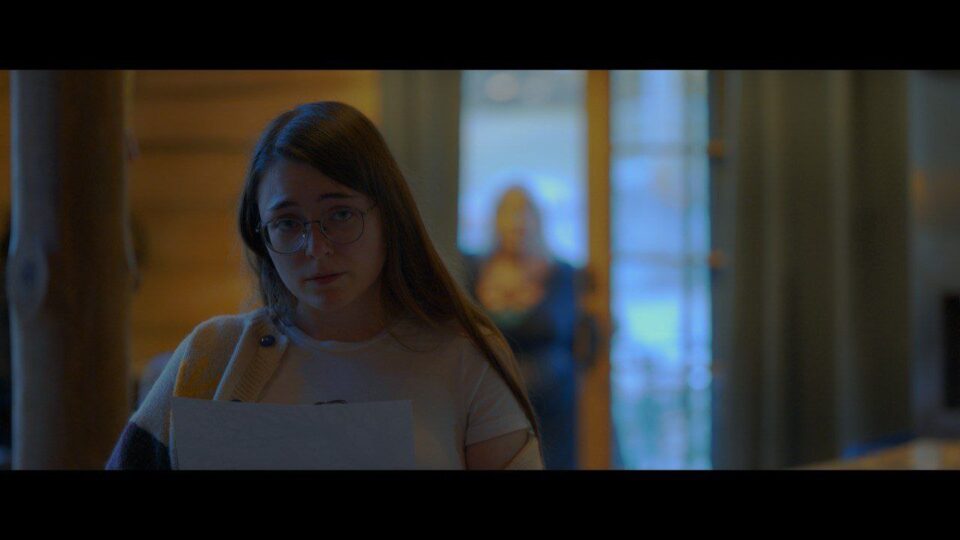
Negativity may tend to garner more attention in the short term, but it doesn’t lead to any meaningful action in the long run. I also try to avoid “current thing” discourse as it can cause people to miss the forest for the trees and lose sight of the bigger picture, sapping the potential of working towards long term goals.
In my own way, I am trying to shake our people from their deracination, and connect us back to our roots again. I believe art has the power to awaken that connection in a way like no other. It crystallizes and preserves the very essence of who we are, and will carry our culture into the future.
Tell us a bit about you/your team. How did you get started in film making?
I never went to film school but I’ve always had a desire to make movies since I was a youngling. I love the medium, but what finally convinced me to start making movies was getting involved in this movement and finding the White Art Collective, where my passion for film was mixed with my desire to find a way to serve and uplift my people. In 2020, with absolutely no experience or equipment except a borrowed vlogging camera, I directed my first short film, The Banjo Man Cometh. Though it was amateur in every way and only 9 minutes long, I had finally found my purpose and my drive to build a dissident/pro-White movie studio was ignited. 5 years later, I will be releasing my 4th feature, Once Upon a Time in Minnesota, a 51 minute long pulpy mystery film (a pretty monumental achievement If I do say so myself), I’m well on my way to achieving this vision.
Teaser trailer can be seen here:
Right now, I have my main collaborator Daisy Wolf, who I’ve known my whole life and have worked together on every one of these projects. She is always there to keep me going when I get discouraged. Alma Lahar has starred in 2 films now and I’d never want to make another without him. And hopefully many of the first time actors I working with on Once Upon a Time in Minnesota, which had my biggest cast by far with 15 actors all together, will return for future projects. Each production has had a snowball effect, with the goal of continually attracting more talented individuals who want to go on this filmmaking journey with me. Slowly but surely, I’m building a community of constructive and positive like-minded people, so when we come together to shoot a film, it is both an artistic and emotionally fulfilling experience. This community I have named the Kino Krew. I like the double meaning of the word Kino being “Cinema” and also being something that is positive, fun, or high quality, the types of people I want to work with and bring together. It’s an arduous process that I’ll be focusing on my whole life, but so far it has produced fruits of success.
What does the creative process look like when you’re starting on a new film?
Every project is quite different from the last because it’s imperative for me to find ways to improve the look and scope from the previous production. There’s so many components involved with making a film and it can be overwhelming at times, but I see each project as a stepping stone to eventually reaching the goal of my films being indistinguishable in visual quality from Hollywood productions.
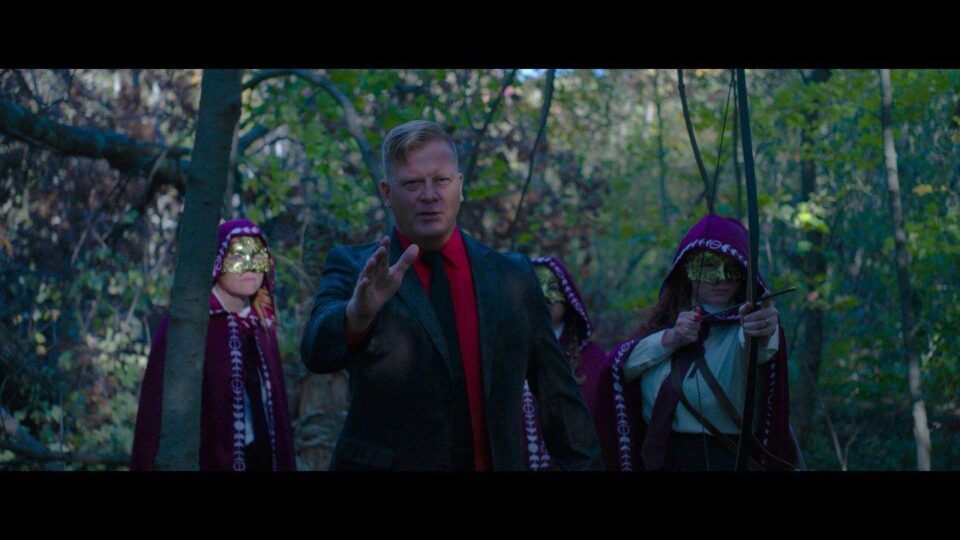
Each film has been a major learning curve. Not only in learning and mastering every aspects of film-making, which is a daunting task in itself, but also how to navigate producing films as a pro-White dissident, which makes the process exponentially harder. There’s no road map for what I’m trying to accomplish, I have no one to tell me what’s the right way to approach these challenges. Not only with making the film itself but marketing it and figuring out strategies to get it in front of as many eyes as possible. It feels quite Sisyphean at times, but I feel it is integral to achieve this goal and harness the power of film for our people.
What were some of the inspirations behind your latest work “Once Upon a Time in Minnesota?”
For this film, I decided to try my hand a psychological mystery story with inspirations from A24 Studios, mixed with some Quentin Tarantino, a bit of Shyamalan (the good years), and of course, Robert Eggers.
What I love about Eggers is how he makes movies that become cultural touchstones for our people, despite that not being his intention. He simply tells stories that draw from our history, folklore and mythology. That is how I approach filmmaking and with this upcoming feature I took inspiration from the Scandinavian heritage and history of my home state, Minnesota.
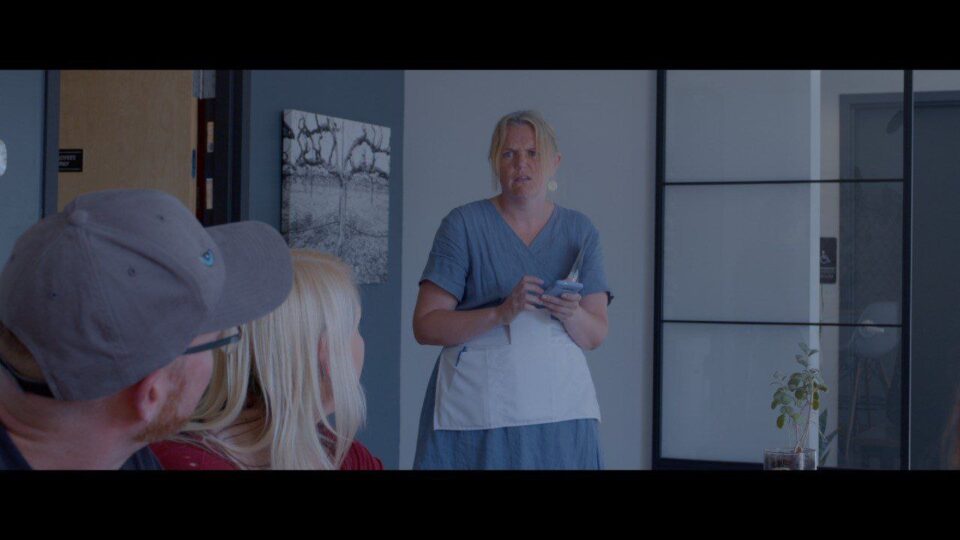
The first kernel of the story started when I discovered the Kensington Runestone, a purported stone tablet, of debatable authenticity, said to made by vikings from the 1300s that was found here in Minnesota. The translation of this relic being-
“We are 8 Goths [Swedes] and 22 Norwegians on an exploration journey from Vinland through the West. We had camp by a lake with 2 skerries [small rocky islands] one day’s journey north from this stone. We were out and fished one day. After we came home we found 10 of our men red with blood and dead. AVM [Ave Virgo Maria, or Hail, Virgin Mary] save us from evil. We have 10 of our party by the sea to look after our ships, 14 days’ journey from this island. Year 1362.”
-My story doesn’t actually involve this runestone, but it jump started my imagination and over the course of the last three years a story developed and evolved into what it is now. But I won’t say any more, I try to keep a tight lid on story details before a movie is released.
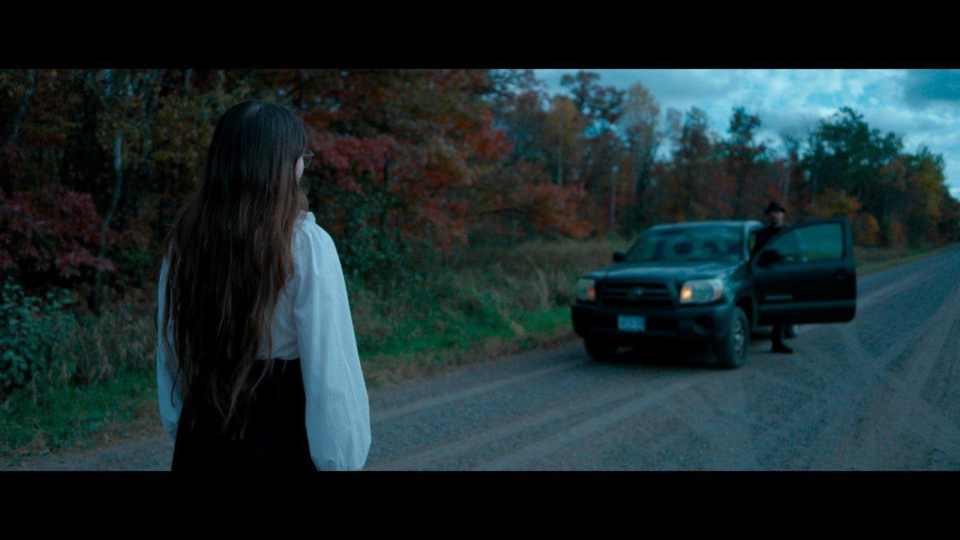
Do you have an overarching goal behind your work?
To take back and utilize the most powerful art form of all, one that has been weaponized against us for far too long. I hesitate to label my films “pro-White” though, that evokes an expectation of propaganda, and I avidly try to avoid that. I’ve found propaganda heavy stories made by activists (i.e. Handmades Tale, Turner Diaries, God’s not Dead, ect) to be both dull and heavily relying on strawmanning their opponents, something I’m not interested in. Creating strawmen characters for the sake of winning arguments in your head is weak storytelling. And I don’t want to promote hate for other races either. I believe all races should have art that reflects their culture back to them. But increasingly mainstream art is concentrated on “de-centering Whiteness.” I’m fighting back against this by simply making my own films that are White Centered. Like Robert Eggers.
I’m nowhere near the quality of Eggers, of course. To get there would require a budget beyond what I’ve been able to raise so far. Which is another challenge, convincing my audience that it is worth it to invest in my vision. I’m doing that by consistently delivering the highest quality product I possibly can within my many limitations, and noticeably improving the look and scope of each film. (I’m coming for that crown, Eggers, watch your back!)
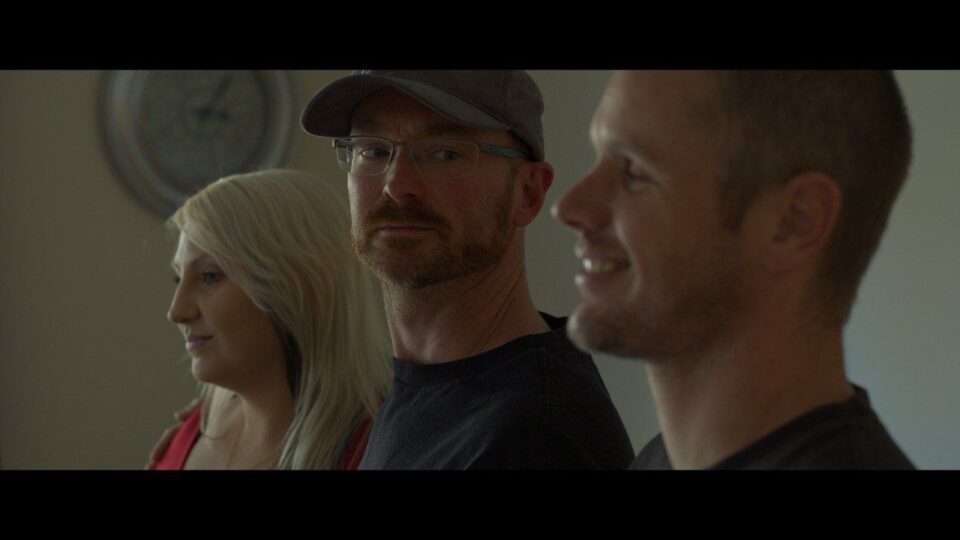
Another aspect of my goals is to nurture an ethos that emphasizes productive action. I want to be a positive influence on this scene through deeds. I want that which I do to speak louder than that which i say. Talk is very cheap, there’s certainly no shortage of it. And I feel much of it is quite unhealthy and counter productive. For instance, the amount of infighting between the various dissident cliques. I hope to cut through these unnecessary barriers that so many have set up between their peers and bring us together. One way I’m doing this is by inserting product placement from creators all across the dissident/pro-White spectrum. From a White Rabbit Radio baseball cap, to books from based publishers, to handcrafted jewelry and more, make sure you keep an eye out for the 15+ easter eggs scattered around my upcoming film.
Another example is the toxic gender division that continues to divide us. I want to bring back a healthy balance between the sexes, which is why there is an even split between female and male characters in my films, and my stories have a broad appeal for a male and female audience.
In all things I strive for balance. I hope to bring more perspective and balance in these circles. We must become more conscience of what we are sowing, for we will inevitably reap what we sow. What will the fruits of our labors be?
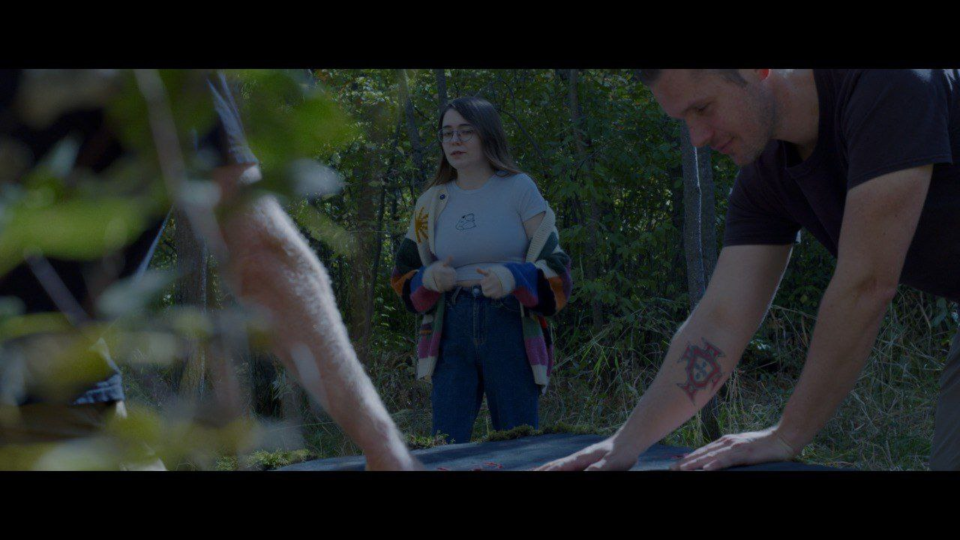
What do you want to see more of in the dissident/pro-White art community?
I’d mostly like to see a significant increase in support for our volk artists and cultural creators. We are ultimately a cultural movement first and foremost. Politics will be downstream from culture. I don’t believe we will have success until we support the cultural creators and volk artists as much the talking head commentators. Podcasts have their place but they are very transient and impermanent. If we never move past just talking about the issues, and fail to move into creating our future, the world will move on without us, leaving us in the dust as relic of the past.
I see too much energy being directed into unfruitful, unrealistic or toxic directions. We need to temper our expectations for what is possible and focus on achievable goals. A thriving artistic scene is a very achievable and productive goal, if we can simply readjust our energies and support into building one. It’s very hard to make good art, but it’s very easy to support those making it. Volk art holds the key to preserving our culture. The future belongs to those that create it.
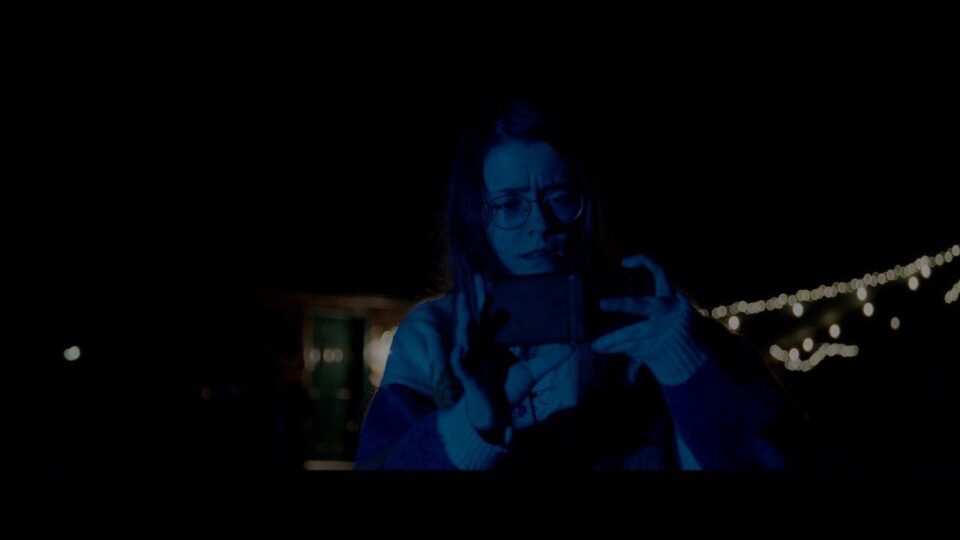
Which of your films do you think represents you best as a film maker?
This upcoming film finds a nice balance of tense and emotional moments but also a fun and campy sense of humor. I admire filmmakers who can gracefully thread that balance. This is the closest I’ve come to making what feels like real cinema, though I still have much improvement to work towards. I think people will really start to see the potential of my vision with this release. Though this is my fourth film, I feel that this will be the true beginning of WOLFSHIELD Studios as a formidable entity. I have so many exciting and entertaining stories in my head I want to bring to life, I hope to be able to tell them all to you. Come with me on this journey to put us back in the center of our own story.
Where to find Lord Wolfshield
If you would like to see more from Lord Wolfshield and Wolfshield studios, follow him on Telegram, YouTube, Odysee, X (formerly Twitter), and Gab. To donate and support his work, send money through CashApp, Coffee or donate to his Bitcoin wallet (39by2nX5454wXs58uiMFTqzyw6HYhaRFos).
How to become a creator on Print Revolt
If you are interested in becoming a creator on Print Revolt, fill out our creator form.
Follow us
If you would like to see more of these interviews and know when they go live:
Follow our Telegram
Follow our Gab
Follow our Twitter/X

